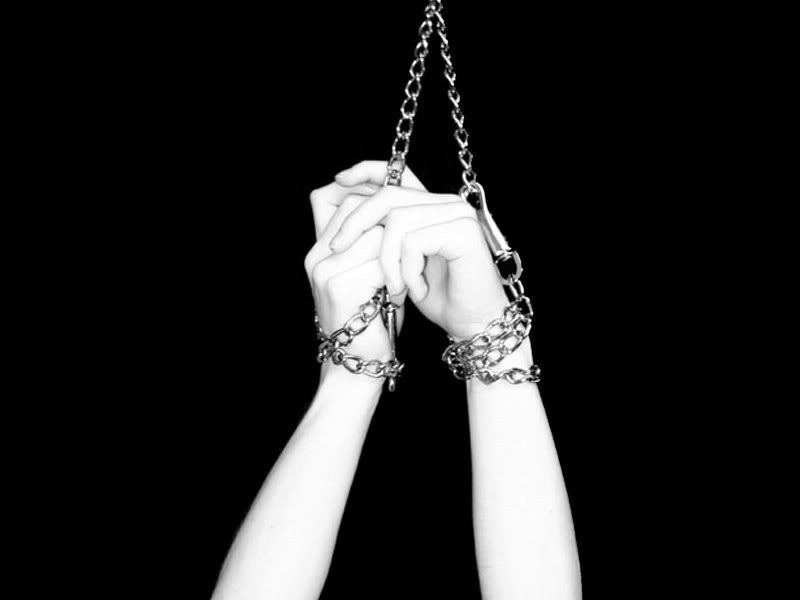Bondage is a term originating from the English language. Among other things, it means bondage or bondage and is used in the BDSM scene to describe practices that tie up or restrict freedom of movement. The aim is predominantly sexual stimulation; however, there are special forms in which bondage is used for aesthetic or other reasons. The rarely used term vincilagnia (from the Latin: vincio„I bind“ and the ancient Greek: λαγνεία (lagneia), „lust“) refers to sexual excitability through restrictions or restraints.
Practice
Outside the subculture, bondage is one of the best-known practices in the spectrum of BDSM play and is often combined with other practices. The techniques used range from playful use within non-BDSM-related sexuality to professional application and demonstration by Japanese bondage artists. Bondage can be a prelude to erotic role play, used as the sole practice within a session or as an aesthetic element outside of a sexual act or session.
Studies
As with many studies on human sexual behavior and sexual fantasies, not all available studies are reliably scientifically sound. Due to the proximity of sadomasochistic practices to bondage, a statistical separation was rarely made in surveys and studies.
In 1995, an analysis was published in Sweden by psychologists Ernulf and Innala, which depicted the behavior of members of the bondage-related newsgroup alt.sex.bondage newsgroup. The vast majority of posts (76%) were made by men, the active role in erotic bondage was preferred by 71% of heterosexual men, 11% of heterosexual women and 12% of homosexual men. 29% of heterosexual men, 89% of heterosexual women and 88% of homosexual men stated that they would be tied up. A third of respondents practiced sadomasochistic practices in connection with bondage or understood these practices as belonging together.
In a 1996 survey of US students by a magazine, 24% of respondents said they had sexual fantasies involving bondage, led by homosexual and bisexual men at 40%, followed by lesbian and bisexual women at 32%, while the figure dropped to 24% for heterosexual women and 21% for heterosexual men. 48% of lesbian and bisexual women, 34% of homosexual and bisexual men and 25% of all heterosexuals had practical experience with bondage. As recently as 1985, studies in the USA came to the conclusion that around half of all men consider bondage play to be erotic, but only 11% of the average American male and female population had experienced bondage, according to the Janus Report on Sexual Behavior published in 1993. had experienced bondage.
There are many reasons why people allow themselves to be tied up. In extensive physical passivity, some people feel free, can concentrate on their inner self and find peace, as one participant in a study on motivation describes: Some people have to be tied up to be free. (Some people have to be tied up to be free). Other people feel powerlessness, fight against the shackles and sometimes also experience a masochistic pleasure in the limitations and pain as well as the symbolic degradation or the inevitable access to erotic stimulation by their partner.
The reasons for the active person to tie up their partner usually lie in the pleasure of the erotic subordination of their partner and the subjectively perceived power imbalance and its visualization. For the sadomasochist, bondage is often a means to an end, for example to keep the bound person defenseless and fixed for subsequent sadomasochistic practices. Optics and haptics can also play a role; bondage for aesthetic reasons is common.

